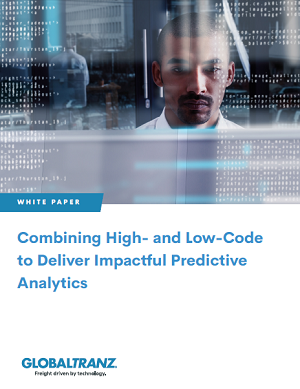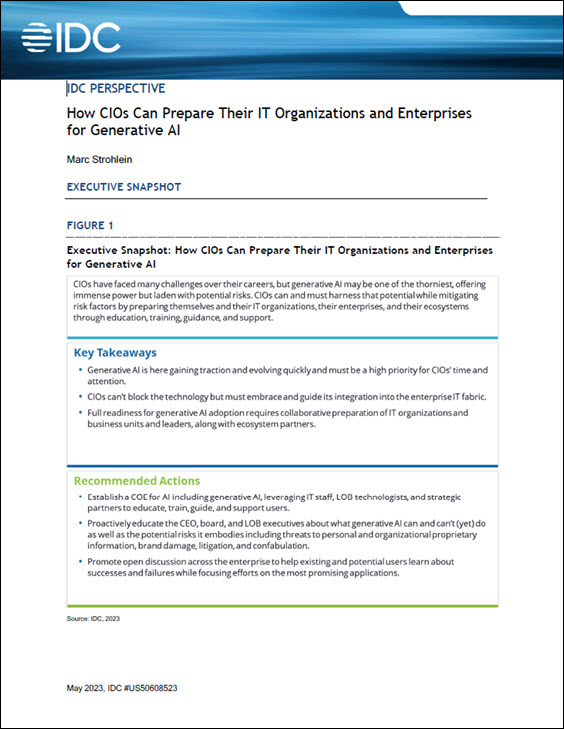In this white paper, we will explore how GlobalTranz leveraged its inherent technology skills along with technology partnerships including Microsoft and West Monroe, a national business and technology consulting firm, to effectively insert a user interface (UI) facilitating human oversight of machine generated predictive pricing through a creative and resource- efficient use of both high and low-code approaches.
Combining High and Low-Code to Deliver Impactful Predictive Analytics
How Artificial Intelligence Will Help Decide This Season’s NFL Pizza Delivery War
In this contributed article, Campbell Brown, CEO & Co-Founder of PredictHQ, analyzes how companies that double down on smarter ways to accurately forecast demand during NFL season can be successful – which in today’s world, represents an opportunity for competitive advantage that businesses won’t want to pass up.
City Planning, Transportation, and Infrastructure Data
In this contributed article, Magnolia Potter discusses how predictive data analytics is an integral component in the worldwide push to improve public transportation and infrastructure in a way that’s beneficial to citizens. Big data can help city planners to prioritize both public safety and overall health, especially in urban areas.
Data Mining and Predictive Analytics: Things We should Care About
In this contributed article, Vikash Kumar of custom application development company Tatvasoft, presents a high-level view of data mining and predictive analytics technologies as a competitive tool for obtaining business advantage in a dynamic marketplace.
How Predictive Analytics Is Being Used in Inventory Management
In this contributed article, technology writer and blogger Kayla Matthews suggests that when companies depend on predictive analytics platforms for inventory management, they can avoid pitfalls and succeed in demanding marketplaces. The lack of effective inventory management practices can lead to upset customers, plunging profits and productivity losses. Fortunately, technology offers assistance in ways that weren’t possible in earlier eras.
Identifying Health Risks Using Pattern Recognition and AI
Physicians are increasingly using AI technologies to treat patients with superhuman speed and performance, and predictive analytics will be key to delivering more effective, proactive, and quality care. Stephen Wheat, Director of HPC Pursuits at Hewlett Packard Enterprise, explores how we can identify health risks using pattern recognition and AI.
Big Data Law Enforcement and the Rise of Predictive Policing
In this contributed article, freelance human Avery Phillips discusses how big data technology coupled with predictive analytics combine to constitute a new area of law enforcement – predictive policing. While the tension around predictive policing’s ethical validity remains, results seem to be positive enough in preventing crime for it to become a more commonly used method of policing.
Interview: Vipin Kumar, Regents Professor and William Norris Chair in Large Scale Computing at University of Minnesota
The following is a discussion with Vipin Kumar, Regents Professor and William Norris Chair in Large Scale Computing at University of Minnesota; ACM Fellow 2015. The Association of Computing Machinery (ACM) just concluded a celebration of 50 years of the ACM A.M. Turing Award (commonly known as the “Nobel Prize of computing”) with a two-day conference in San Francisco. The conference brought together some of the brightest minds in computing to explore how computing has evolved and where the field is headed.
Reach Analytics Adds Automated Response Modeling Capabilities to Its Self-Service Predictive Marketing Platform
Reach Analytics, a leading predictive platform for marketing teams, announced the launch of new-to-market automated response modeling capabilities. The new features are now live and available for use by marketers to increase campaign response rates.
From PMML to PFA: A Way Forward for Deploying Predictive Analytics
In this contributed article, Jason Miller, Industrial Applications Engineer at Alpine Data discusses the new PFA standard that takes a good step forward from the previous PMML standard. A shift to PFA has the potential to be a watershed event in predictive analytics.











